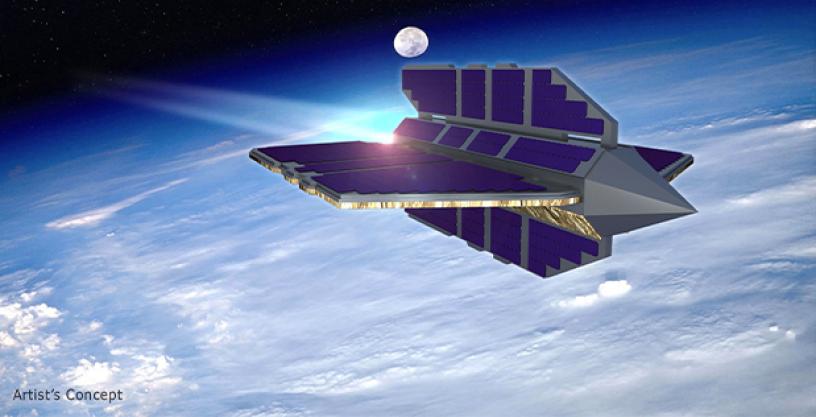Summary

Otter will develop, demonstrate, and collect on-orbit data for "air-breathing" electric propulsion technologies that enable operations in very low earth orbit (VLEO) – altitudes of 90 - 450 kilometers.
In VLEO, a combination of atmospheric drag and earth's gravity rapidly decay the altitude of any object; frequent use of propulsion is required to stay in orbit. Propulsive fuel is usually a finite resource, but Otter aims to enable extended satellite operations at VLEO altitudes by harvesting ambient low-density air, and ionizing and accelerating the resultant ion flow, thereby utilizing a virtually unlimited supply of propellant.
Because of the extreme challenges in recreating realistic VLEO conditions in a ground test facility, Otter will culminate in a long duration (greater than one year) "orbiting wind tunnel" spaceflight demonstration, characterizing the performance of one or more "air-breathing" electric propulsion systems in the orbital environment. The program will test thruster and inlet technologies at appropriate scale and achievable test conditions on the ground to collect data that can be compared with on-orbit results.
The combination of ground and flight test data will validate the system's ability to harvest free molecular ambient air and provide necessary thrust. The program will utilize this data to update existing modeling and simulation capabilities that enable design of future VLEO satellite configurations.
